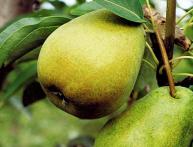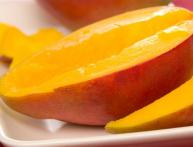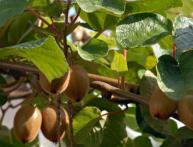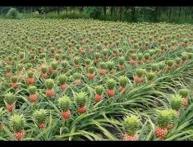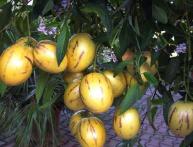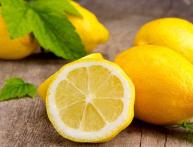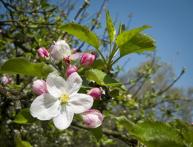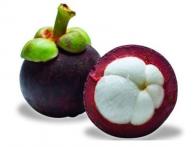Royal cherry plum
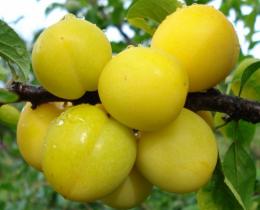
Some time ago, cherry plum, also known as Russian plum, was considered a southern wild plant. Initially, the cherry plum fruits were yellow, small and sour. However, over time, breeders were able to create many varieties of cherry plum with larger and tastier fruits. At the same time, varieties were bred that can be grown in the northern regions.
Almost all cherry plum varieties are distinguished by high, stable yields. Cherry plum is also drought resistant. Another advantage of this plant is its resistance to various pests and many diseases. The fruits of most cherry plum varieties tolerate transportation well, which is important for the commercial value of this fruit.
Among the wide variety of varieties, the royal cherry plum stands out. Despite the average size of the fruits, their taste and appearance truly live up to the name. This variety was bred at the Moscow Agricultural Academy. K. A. Timiryazeva from the Kuban Comet variety by free pollination.
The royal cherry plum tree is of medium height with a flat-round crown. As a rule, the tree does not bear fruit in the first year after planting. The harvest can be expected only in the second year. At the same time, the tree bears medium-sized fruits; the weight of one cherry plum is about 20 grams. The yellow peel of the fruit is characterized by a slight waxy coating. The flesh of the fruit is also yellow.
Royal cherry plum produces a high yield and is resistant to severe frosts. The value of the variety also lies in the excellent taste of the fruit.

